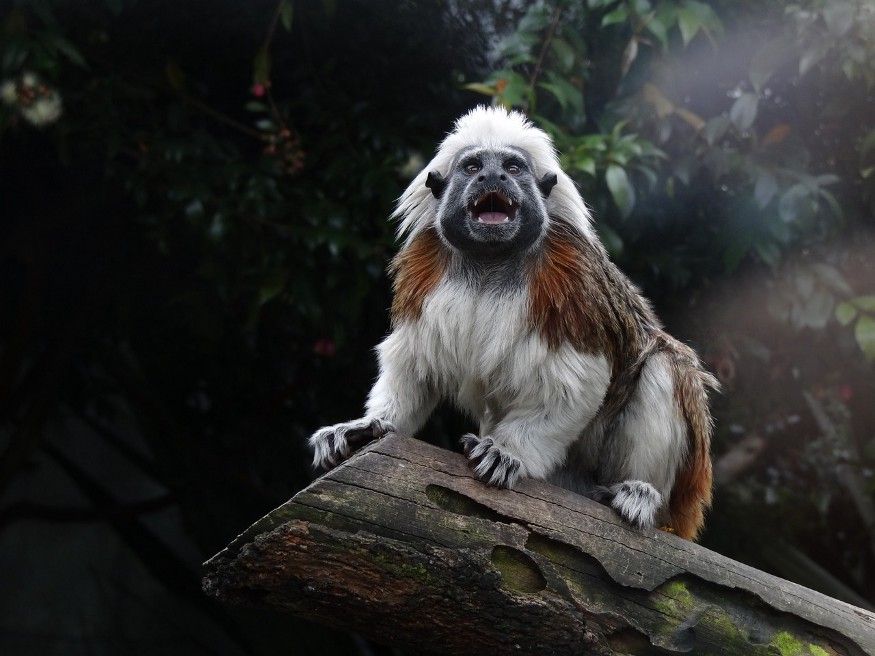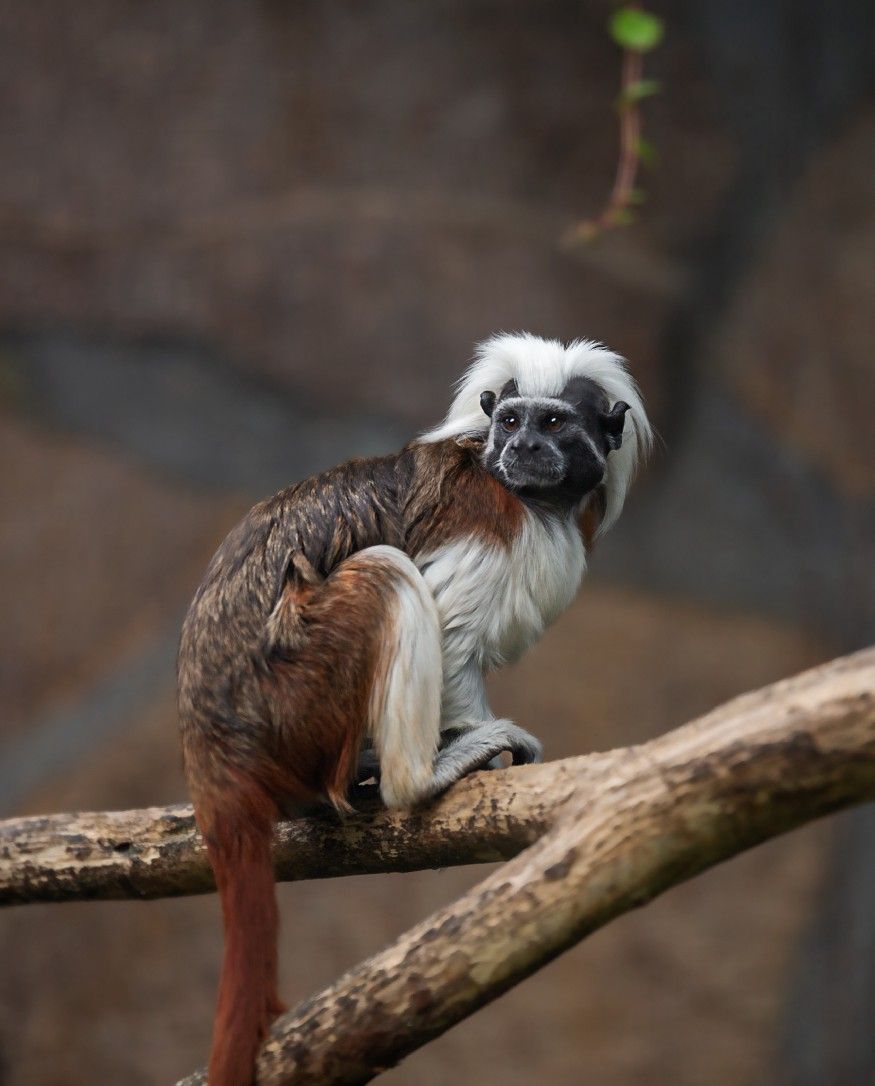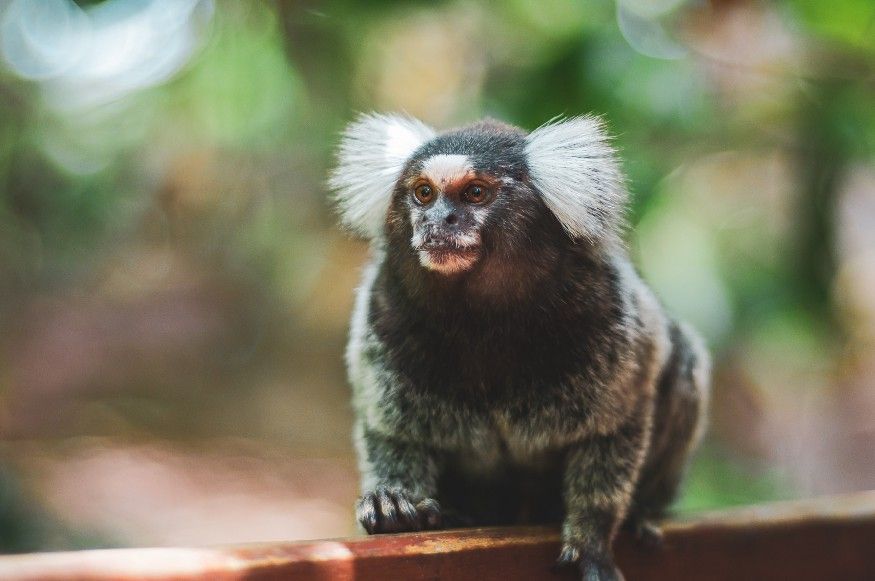Ok, ok… we know we rave about a lot of species here at Lemu, but seriously, this is one of the cutest! The cotton-top tamarin (Saguinus oedipus), or just “Tití” as known by locals, is the epitome of “dynamite comes in small packages”.
These cute primates are part of the five New World monkeys sub-groups, with the cotton-top tamarins being from the callitrichidae group. In its native home of Colombia, this species is known simply as titís.
Sadly, due to deforestation and illegal trading, there are now only about 7,000 of these creatures left in the wild.
Beyond their cute looks though, there are plenty of reasons why we need to support efforts to protect these precious creatures.
To learn more about the cotton-top tamarin and the conservation efforts behind their survival, join our waitlist for more information on species that are in danger and the stewards working tirelessly to protect them.

Here are 5 things you might not know about cotton-top tamarins
1. Appearances are everything
Cotton-top tamarins may be tiny at a head and body length of 8.2 to 10.2 inches, but their physical features make them larger than life.
With a characteristic white crest running from their head to chest, they are a striking ball of fur.
Weighing in at just one pound, their tail is longer than their body, but unlike other monkeys, it is not prehensile, which means they cannot use it for swinging and grasping.

2. SOS! An endangered species
Unfortunately, due to deforestation and loss of habitat, their illegal trade as pets, as well as depletion of forest resources by impoverished communities, the cotton-top tamarin is now on the critically endangered list.
Thanks to stewards like Proyecto Tití located in Colombia, with which we have the pleasure to collaborate, conservation measures are being executed.
3. Dietary options
Cotton-top tamarins are omnivores. With a seasonal diet, they tend to eat more fruit in the rainy season when fruit is more readily available, turning to tree gum, nectar and insects in the drier months. Because of their varied diet — feeding off several trees — they are able to help with regenerating the forest as they travel through it, thanks to their droppings that contain seeds.
4. Highly vocal
A study revealed that these little creatures are highly vocal, with 38 distinct sounds observed, based on different factors. These include chirps to indicate human observers, the possession of food, among others.
5. Family orientated
Cotton-top tamarins tend to be social, living in groups of two to ten, made up of breeding parents and mature offspring. They tend to be monogamous, mating for life. They also tend to reproduce twins as a norm. Together, the family unit (that might include migrated adults) help to defend each other from predators that include snakes and big cats.
Learn more about the efforts being made to protect the titi monkey, and other stewards that are at the forefront of conservation by signing up for early access to our Lemu app
